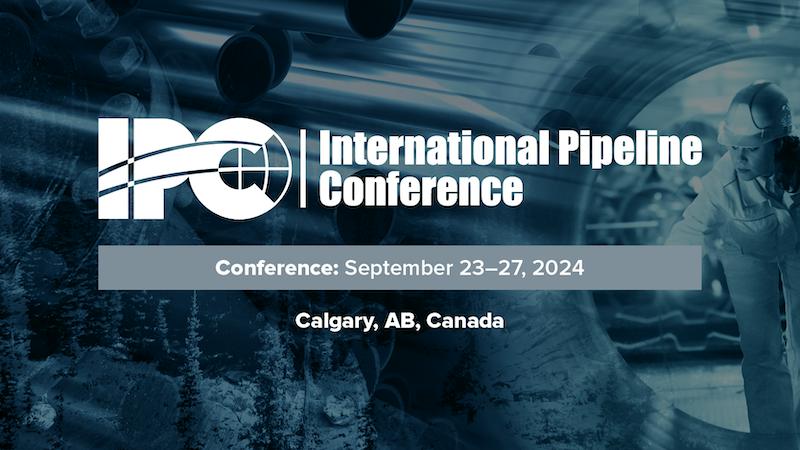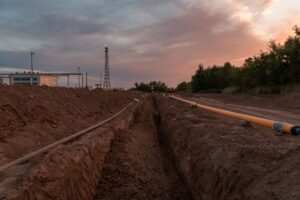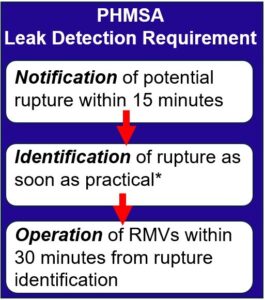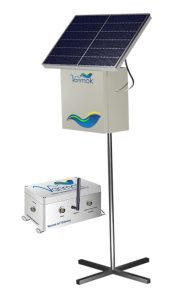The following papers abstracts got accepted to be presented at the International Pipeline Conference scheduled in Calgary, AB, Canada on September 23–27, 2024. Click here for IPC 2024.
Paper # IPC2024-134132
Paper Title: LEAK DETECTION USING PRESSURE TRANSMITTERS FOR PIPELINE NETWORKS CARRYING MULTI-PHASE FLUIDS
Michael Roxas2, Matthew Girard1 Prakash Gunasekaran1, Satya Mokamati2
1Vermillion Energy Inc.
2Vanmok Leak Detection Technologies Inc.
Abstract:
With increasing environmental concerns, regulatory and CSA Z662-23 standard requirements, leak detection in all pipelines has become a top priority for energy industry in the recent years. Real time leak detection on the upstream pipeline gathering networks carrying emulsions from oil wells to separation facilities is very challenging due to the presence of multiple fluid phases in the pipelines. Due to the unavailability of minimum required instrumentation, SCADA/telemetry on the gathering pipeline network and operational complexity, conventional leak detection methods such as volume balance or real time transient modeling are not possible to implement on these pipelines. In addition to these, the cost-effectiveness of these technologies doesn’t make it economically feasible to implement them. In this paper, an approach to monitor the emulsion pipeline networks for leak detection using a pressure-based machine learning algorithm is presented. The machine learning based algorithm uses the pressure data from the beginning and end points of the network to form a closed system that supports in creating a decision whether there is a leak within the pipeline or not.
This paper will demonstrate that with pressure transmitters at the beginning and end points of the pipeline network carrying emulsions, it is feasible to monitor the state of the emulsion pipelines and measure its effectiveness using leak sensitivity, algorithm reliability and robustness during abnormal and degraded operating conditions as the key metrics. The paper will delve into the intricacies of high-frequency data transmission IoT devices to a private cloud system, which plays a pivotal role in the continuous monitoring of pipeline networks for leaks. The application of this algorithm will be shown for three different pipelines networks with each pipeline containing fluids that has different phase compositions. The paper describes the performance of this algorithm for incidents ranging from small leaks equivalent to a quarter inch leak hole and a full-bore pipeline rupture which equates to a loss of volume approximately equal to 5-50% of the nominal pipeline flow rate.
Paper # IPC2024-134184
Paper Title: ADVANCING LEAK DETECTION IN NATURAL GAS PIPELINES: A NOVEL APPROACH USING REAL-TIME TRANSIENT MODELING FOR METHANE EMISSIONS MITIGATION
Hamed Ghasvari Jahromi1,*, Fatemeh Ekram1, Satya Mokamati1
1Vanmok Leak Detection Technologies Inc.
Abstract:
Currently, methane emissions account for approximately 25\% of human-induced global warming, with the oil and gas sector ranking among the leading contributors. Early detection of methane leaks in pipelines significantly reduces the greenhouse gases emissions, aiding in the mitigation of adverse economic and environmental consequences associated with climate change. Computational Pipeline Monitoring (CPM) systems, tailored for leak detection, provide continuous pipeline monitoring and offer early identification of leaks while minimizing false alarms. This study harnesses advancements in data-driven methodologies and integrates them with physics-based models to address the intricacies of modeling gas pipelines and introduces a real-time transient model (RTTM) used for leak detection of natural gas pipelines.
The presented model solves the partial differential equations of mass, momentum, and energy conservation. An overall heat transfer coefficient is considered to account for composite lateral layers of a typical pipeline, addressing heat gain or dissipation to the surroundings. Successful detection of leaks in pipelines with compressible flow necessitates the real-time calculation of density. To achieve this, an auxiliary equation of state is integrated into the model to determine density as a function of pressure and temperature. To account for uncertainties in system parameters, data collection, and model calculations, machine-learning-based estimators are designed. They are trained on historical data and patterns, allowing the model to adapt and make more accurate predictions or estimations in real-time scenarios. The discrepancies observed in the measured and calculated values will be flagged as a possible leak event when it exceeds a certain threshold. The final decision to alarm is made using a multi-layered classification framework.













